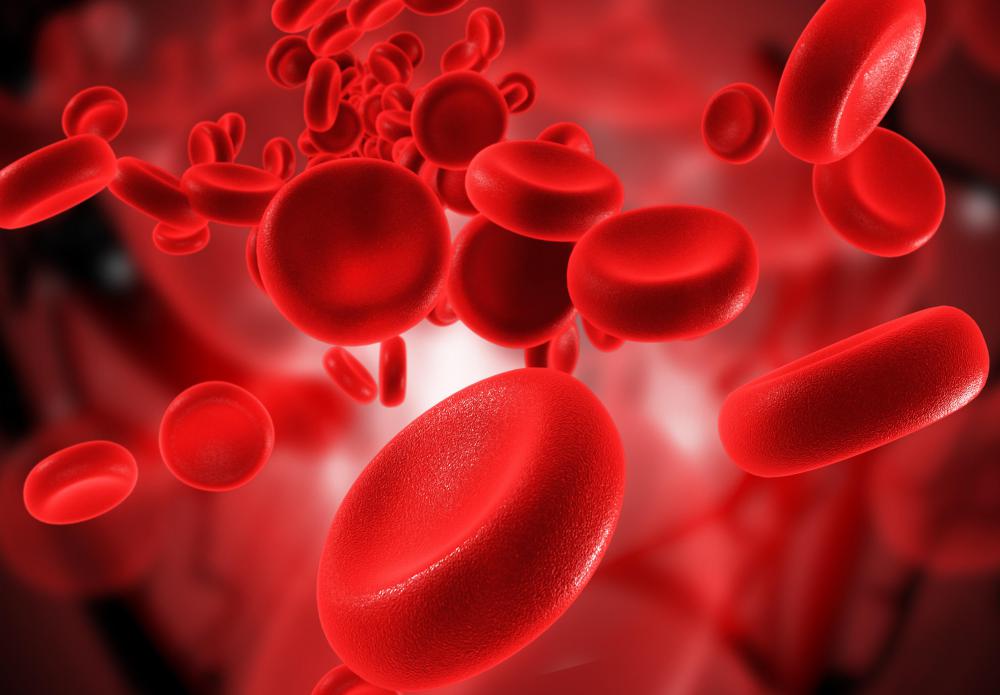At TheHealthBoard, we're committed to delivering accurate, trustworthy information. Our expert-authored content is rigorously fact-checked and sourced from credible authorities. Discover how we uphold the highest standards in providing you with reliable knowledge.
What Is an Autologous Blood Injection?
An autologous blood injection is a medical procedure that involves removing blood from a patient then reintroducing it by injection back into the patient's body. Also called autologous conditioned plasma injection, this treatment is used to assist in healing different diseases or injuries of the joints, ligaments, and fasciae. Used throughout the world, the procedure is intended to reduce pain, increase mobility, and reduce recovery times.
One of the most common conditions that is treated with autologous blood injection is tendinopathy, resulting from small tears or disease in tendons. This is especially common around weight-bearing joints. Doctors use the blood injection as an alternative to other treatments, including steroid injections, nonsteroidal anti-inflammatories, and electrotherapy.

The key element in autologous blood injection is platelets. Platelet-derived growth factors promote healing in the soft tissues of the body. Autologous blood injection is targeted at encouraging the growth and division of cells in the smooth muscles. This subsequently induces new fibrous tissue deposits, which remodel into collagen. The formation of new collagen functions to repair and restore the integrity of damaged tissue.

A variation on this treatment is platelet-rich plasma. This involves centrifuging the blood removed from the patient and separating the plasma from the red cells. Only the plasma is then injected into the patient, resulting in a highly concentrated dose of platelets and platelet growth factor.
Autologous blood injection is carried out in hospitals and clinics. It is usually performed via ultrasound in order to make sure that the target site is contacted accurately. Usually, two or more injections are required, and results may not be felt for three to six weeks.

There are a number of factors that influence both the rate of recovery and the effectiveness of the treatment. The level and quality of platelets in the patient's blood, age, and general health all play roles in determining effectiveness. Other factors include any medications used, for example, nonsteroidal anti-inflammatory drugs, which can affect platelet function and thus the ability of the patient to heal. Finally, patient behavior after treatment, such as whether they rest the affected area for the appropriate time, can also influence healing.
Although the procedure itself is minimally invasive, there are still potential side effects. These include a small risk of the area becoming infected and temporary pain at the injection site. Autologous blood injection is highly advantageous over other treatments that involve the use of blood or blood products, however, as due to the patient's own blood being injected, there is no risk of transfusion-transmitted infection or reactions.
AS FEATURED ON:
AS FEATURED ON:













Discuss this Article
Post your comments